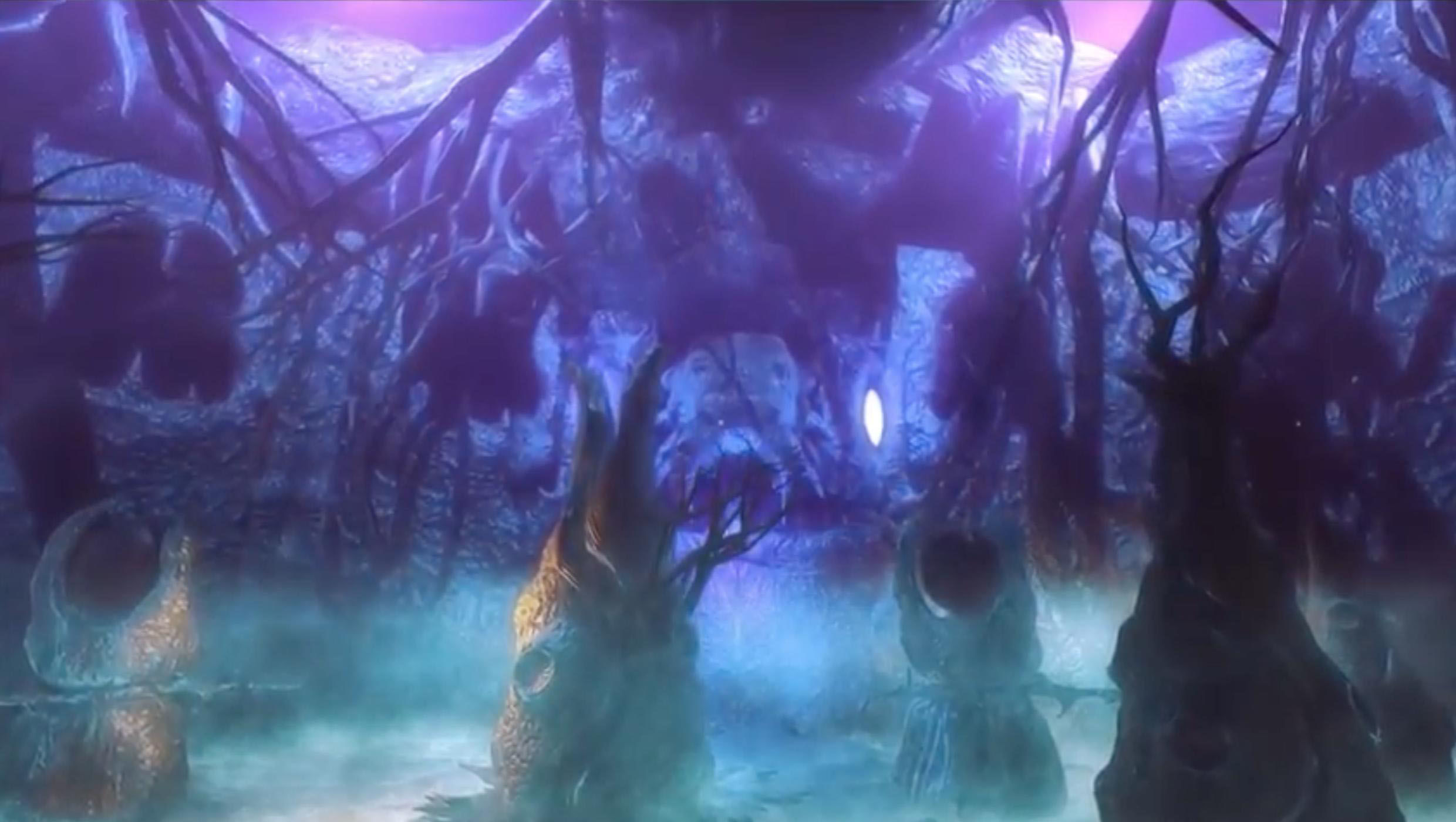Create a free profile to get unlimited access to exclusive videos, sweepstakes, and more!
Did extinct Lovecraftian creatures clone each other with their tentacles?

No, these extinct life-forms did not emerge from one of H.P. Lovecraft’s nightmares made flesh (or fossil), but no one will blame you if you mistake them for Elder Things.
Prehistoric creatures called rangeomorphs were invertebrates that made Ediaracan seas that much creepier half a billion years ago. They had no visible organs, and their methods of feeding and reproduction could only be guessed at until now. A team of scientists from the Universities of Cambridge and Oxford have discovered rangeomorph fossils from Newfoundland, Canada, with really bizarre tentacle-like networks of fine filaments. These could have transmitted nutrients or messages and even cloned the creatures.
“Clonal reproduction in [rangeomorphs] could also have allowed for rapid colonization of the seafloor,” said Dr Alex Liu from Cambridge’s Department of Earth Sciences in a study recently published in Current Biology, adding that “they were an important, and perhaps even integral.”
Rangeomorphs looked like giant ferns and ruled prehistoric seas long before dinosaurs and even proto-fish. What scientists do know about these organisms is that they could grow up to seven feet tall and colonized the seafloor, which they never moved from. Scientists previously thought they could have fed by osmosis, or sucking in nutrients from the surrounding water, and this could have still been entirely possible even with the filaments. How they reproduced or functioned in any other way remained a mystery.
These networks were unknown before because they were impossible to see in anything but the most exceptionally fossilized specimens. The filaments could range from barely an inch to over a foot. Whether they fed the rangeomorphs or not, the most unreal thing these filaments could have done is cloning the creatures. Creepy filaments like this also clone strawberry plants. It does, according to Liu, explain how they were able to multiply fast enough to dominate the seafloor.
If this is beginning to sound like it crawled out of At the Mountains of Madness, anything can happen when there is already an extinct sea creature named after Cthulhu.
It is also entirely possible the filaments had other functions. They could have passed on nutrients like the roots of trees do in a forest. The team observed that these fossilized rangeomorphs were all the same size, which could suggest they had all grown to adulthood by the time they were buried at the bottom of the sea. Nothing would have had a chance to spawn then. That still doesn’t mean they didn’t clone each other in some freaky phenomenon right out of science fiction, kind of like Elder Things.
Elder Things and rangeomorphs have something eerie in common — though rangeomorphs didn’t just fly over from some eldritch world in deep space. Elder Things were supposedly alien fungi, which are connected by mycelia, or underground networks of threads called hyphae. Fungi are neither plants nor animals. Rangeomorphs were, despite their lack of visible organs and plantlike appearance, animals, but the filament system that could have done everything from feeding to cloning them is eerily similar to that used by a fungus.
Somewhere, in some distant universe, the ghost of Lovecraft is reading this and screaming blasphemy.


























